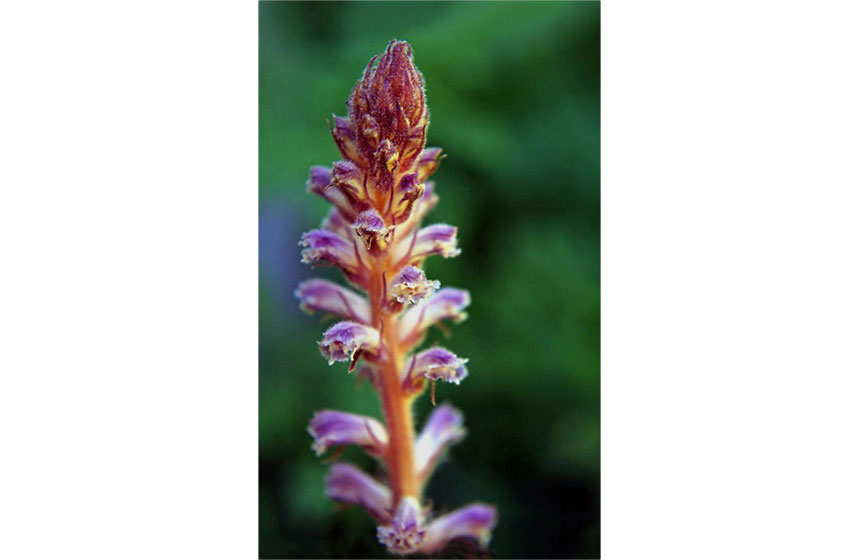Plants of bulbs, a reserve of life. One of the things that most impress and although I have seen many times, still surprises me, is to walk in winter the days near the end of the year by the fields of the subbética in Cordoba. A terrain in summer, only inhabited by millions of olive trees whose only soil is seen, some grass devastated by the strong sun, this sun that dora the olives until becoming one of the most appreciated juices. For in the days before mentioned in the middle of winter when the days are shorter and the days where the sun floods everything are far away, they appear like oases in the desert an infinity of plants whose reserve is in an onion (bulb) capable of Put poetry on those winter mornings, the greens dye the ground and make us a gift with countless shapes, sizes and magnificent colors. You can see iris, allium, daffodils even a variety of orchids that these days begin to establish their stems, to show in spring their beautiful colors and shapes. True, it is one of the places where I have seen greater variety and quantity. Protection and conservation is bearing fruit, nature is showing signs of recovery and it is sublime, a whole lesson from which we have to learn.
Nature as a source of inspiration, the walks mentioned in this garden of the senses where the cold of the morning makes the walking break the scacha, the white ice crystal that mixes with the greens, blues, purple, yellow, an endless Of colors and shades, apart from photographing I memorize it in my retina and I transfer it to another composition that is the garden design, where there is room to these plants that put a note of color in the seasons when they develop their growth. They are very simple plants to find in any nursery can be acquired in winter (daffodils, tulips, crocus, etc.) in bulb or plant format, with or without flower. And in other seasons gladioli, jacitos and others. These plants configure a parameter of change in a garden, plants that appear and disappear by seasons, this gives an added component, another dimension to the garden, it makes it dynamic and changing with the incentive of reproduction and the increase of the number obtaining a Natural tapestry of flowering plants, where in most cases rainwater makes these precious plants begin to break the ground and begin to blight the plant. The magnificent combinations of sizes, colors and shapes make an environment quite natural, but the symmetry is non-existent. One of the most interesting and valued plants are tulips, their variety is so wide that there are true catalogs where they are classified by names that name the plant, color, size, etc. Today there are as many as the imagination of the nurseries that hybridize the species. The hybrid plants is the result of the reproduction of two plants of the same species but of different characteristics, where the result will be a new plant with reasonable similarities to the two that intervene in the reproduction process. This method seems very artificial, nature has been doing it since the beginning of time because pollinating insects mix pollen in their legs and intervene in the process of change of genetic varieties, this is one of the causes of the number of varieties within a Botanical family. Tulips are plants where the flower is its most attractive component and the succession of tulips create spaces with a wild and very sophisticated halo, is the magic of the color of the wind. The tulips are of great beauty, their elegance and color make winter sweet, creating shapes in their sets, dominant elements in the garden, where plants are the real protagonists, that will give way to other season bulbs. These flowers that have many collectors, the first that arrived in Europe from Asia, were an exclusive reason, where the prices were very high and they got to be listed in the marked stock market of Holland. The palette of colors is very varied and wide, which makes us like them and have them present in our projects of Gardening. A pleasure for the senses, is the anteroom of spring. Manuel Maillo – landscaper


